The Untapped Gold Mine Of ANTHOCYANINS
Jul 10, 2021
The Untapped Gold Mine Of ANTHOCYANINS
Jul 10, 2021
The Untapped Gold Mine Of ANTHOCYANINS
Sharing today about an amazing phytochemical…. #purplepower in Anthocyanins
Life-long learners have one thing in common, a desire to explore life in novel ways and creatively apply this knowledge. To do this optimally, we need our cognitive capacity to stay at peak functionality over time. And while we know that stress, sleep, and movement are all contributors, what about the value of plant pigments, particularly anthocyanins? Anthocyanins are blue, red, or purple pigments found in plants, flowers, fruits, and tubers.
Leafy vegetables, grains, roots, and tubers all have high levels of anthocyanins; cyanidin-3-glucoside is one of the significant anthocyanins found in plants. This recent post with blueberry, lavender, blackberry shrub is a great example of how to creatively use these colors.
Interestingly, the stability of this molecule is dependent on many factors:
>Type of anthocyanin pigment
>Copigments
>Light
>Temperature
>pH
>Metal ions
>Enzymes
>Oxygen
>Antioxidants
Finding scientific evidence on the actions for a specific phytonutrient in humans is challenging as their effectiveness is dependent on so many things. However, there are mechanisms outlined in science that clearly show anthocyanins have high antioxidant activity, which means that they are good at scavenging free radicals. Reported additional benefits include cardiovascular health, visual health, and metabolic health. There are also neuroprotective effects of cyanidin and its glycosides (Khoo, 2017).
A meta-analysis of seven studies looked at cognitive outcomes in children, adults, and older adults with cognitive impairment. Six of seven studies reported improvements in single or multiple cognitive outcomes, including verbal learning and memory, after anthocyanin-rich food consumption (Kent, 2017).
The low bioavailability of anthocyanins causes low absorption of these compounds into the circulating blood system and a high excretion rate of anthocyanins in urine and feces, thus reducing the presence of anthocyanins in general (Khoo, 2017) So more is better!
I love them because, in acidic conditions, anthocyanin appears as red pigment while blue pigment exists in alkaline conditions… so fun!!
Share this post with your visionary friends 🦄🦋🧚.
Khoo HE, Azlan A, Tang ST, Lim SM. Anthocyanidins and anthocyanins: colored pigments as food, pharmaceutical ingredients, and the potential health benefits. Food Nutr Res. 2017;61(1):1361779. Published 2017 Aug 13. doi:10.1080/16546628.2017.1361779
Kent K, Charlton KE, Netzel M, Fanning K. Food-based anthocyanin intake and cognitive outcomes in human intervention trials: a systematic review. J Hum Nutr Diet. 2017 Jun;30(3):260-274. doi: 10.1111/jhn.12431. Epub 2016 Oct 11. PMID: 27730693.
*Please note as an affiliate, I earn from qualifying purchases which means I will receive a small fee if you purchase them. I have only included things I truly use. This post is for educational and informational purposes only and solely as a self-help tool for your own use. I am not providing medical, psychological, or nutrition therapy advice. You should not use this information to diagnose or treat any health problems or illnesses without consulting your own medical practitioner. Always seek the advice of your own medical practitioner and/or mental health provider about your specific health situation. For my full Disclaimer, please go here.
Leave a Reply
Get On The List
Sign up for information about a whole foods plant-based lifestyle, future classes and updates.
FIND EASE IN THE KITCHEN


Want to take it to go?
By joining, you will get this exclusive recipe booklet for free and be added to our newsletter. You can unsubscribe at any time.

Enjoy these plant-based recipes
Learn what spices to buy
Get my favorite plant-based recipes for your home kitchen in this free ebook.

Join me for long form instruction where you can dive into my and hear my perspectives as a cook and doctor!
YOutube
Frankly, not too much time here HOWEVER if you tweet at me I'll respond.
Let's collaborate. Here is where you can review my educational background and certifications.
Linked in
Join in this private facebook group where I share daily recipes and videos to enjoy the kitchen.
Facebook group
I've been saving all my favorites for the last 10 years into boards for you!
Here is where you can quickly find all my favorite recipes as well as lifestyle techniques for vitality.
Let's Connect on Social Media
Click on the icon





Recipes that we are always asked for. Like walking or brushing our teeth, these recipes nourish us everyday.

My favorite plant-based recipes sent to your inbox.
Free Ebook
○ 10 PLANT-BASED RECIPES
with an Ayurvedic Focus
○ SPICE CABINET INTRODUCTION
○ HOMEMADE CHAI & GOLDEN MILK Recipes
By joining, you'll get this exclusive ebook for free and be added to our newsletter. You can unsubscribe at any time. Privacy Policy.
Plant focused recipes that are oriented to bring you to a deeper relationship to spices and flavor. Recipes I make every week.
Get your spice cabinet together in this new found joy of cooking where you may need a few new spices and herbs for your meals.

My favorite plant-based recipes sent to your inbox.
Free Ebook
○ 10 PLANT-BASED RECIPES
with an Ayurvedic Focus
○ SPICE CABINET INTRODUCTION
○ HOMEMADE CHAI & GOLDEN MILK Recipes



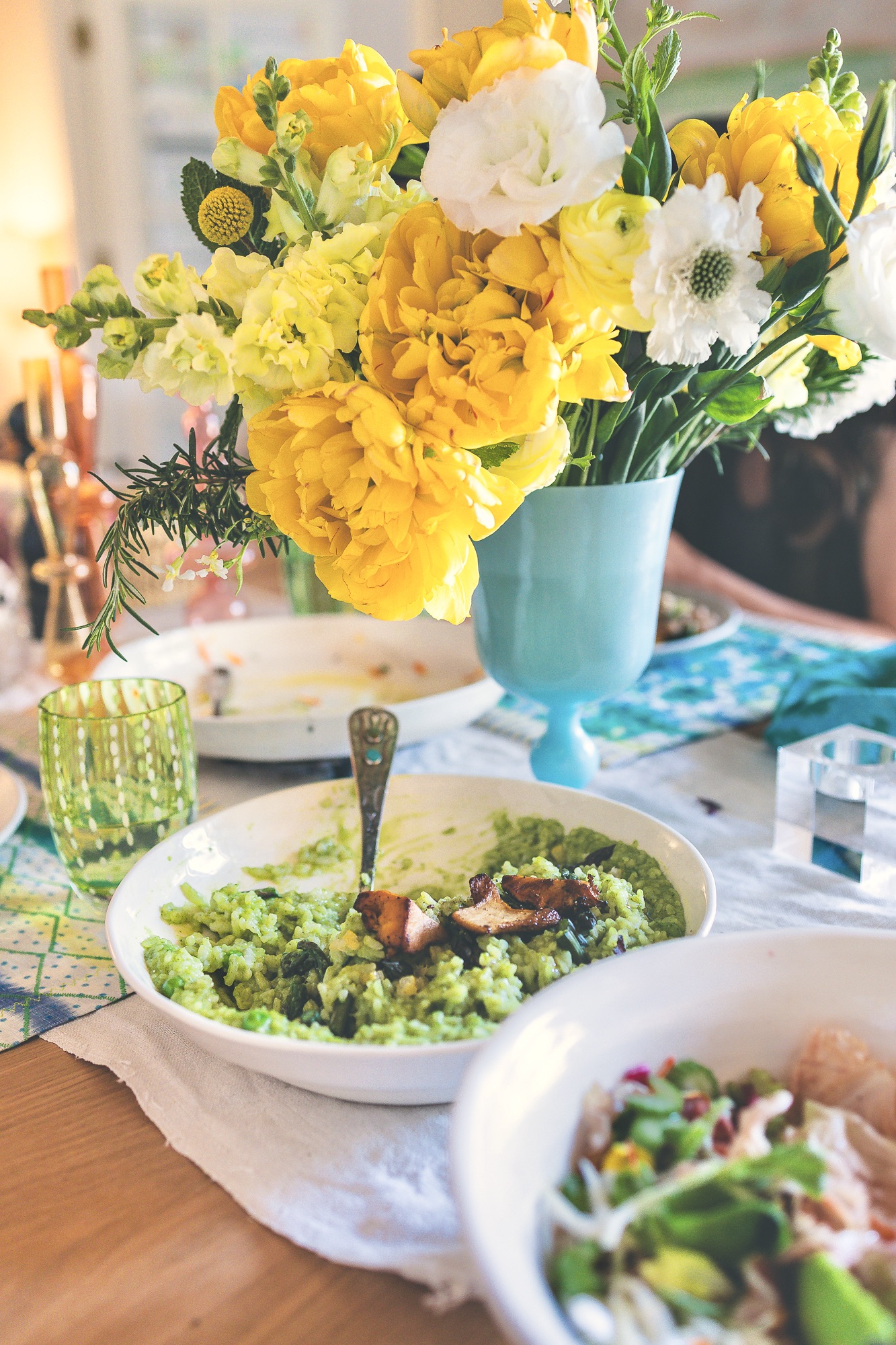
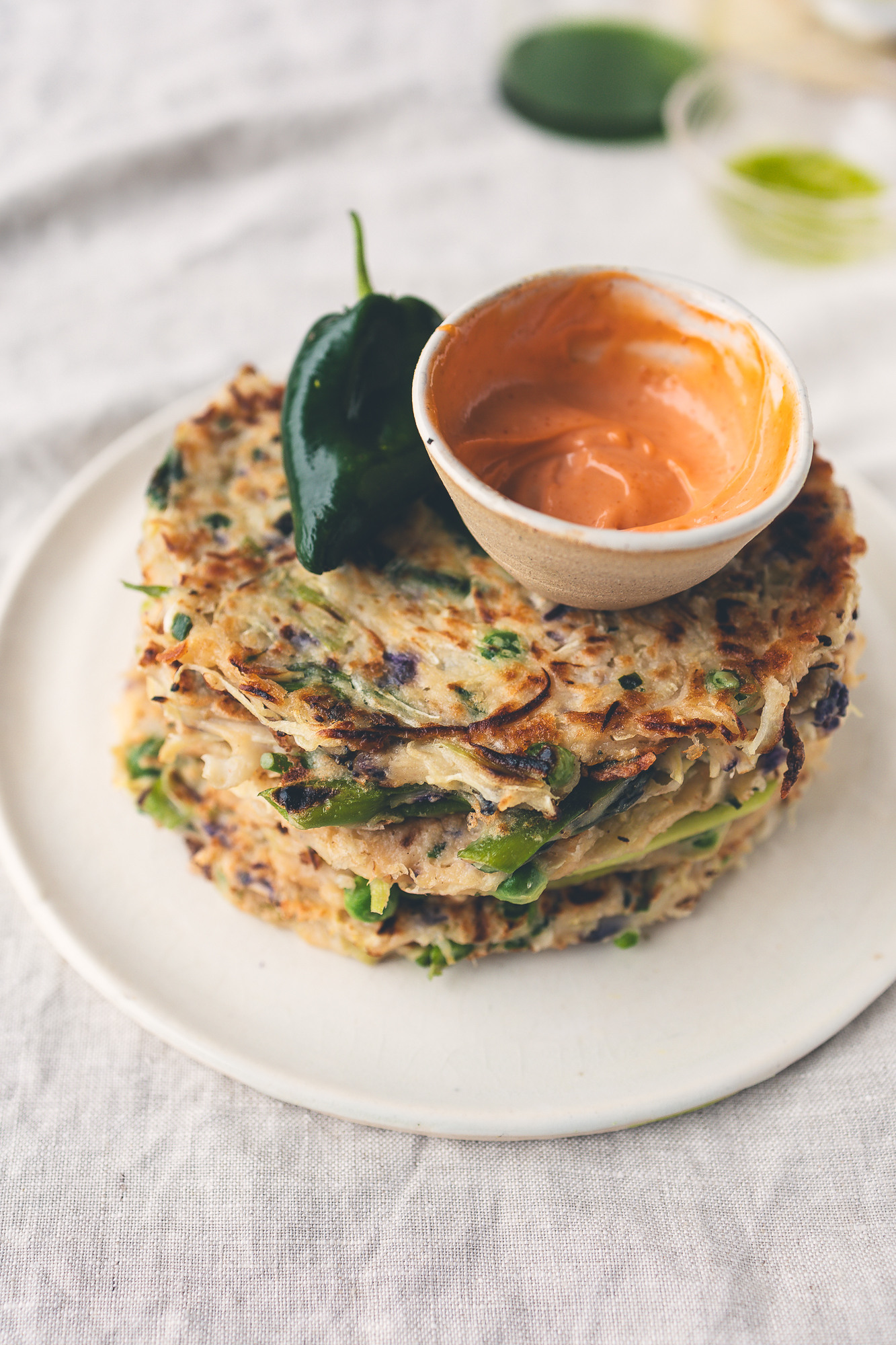
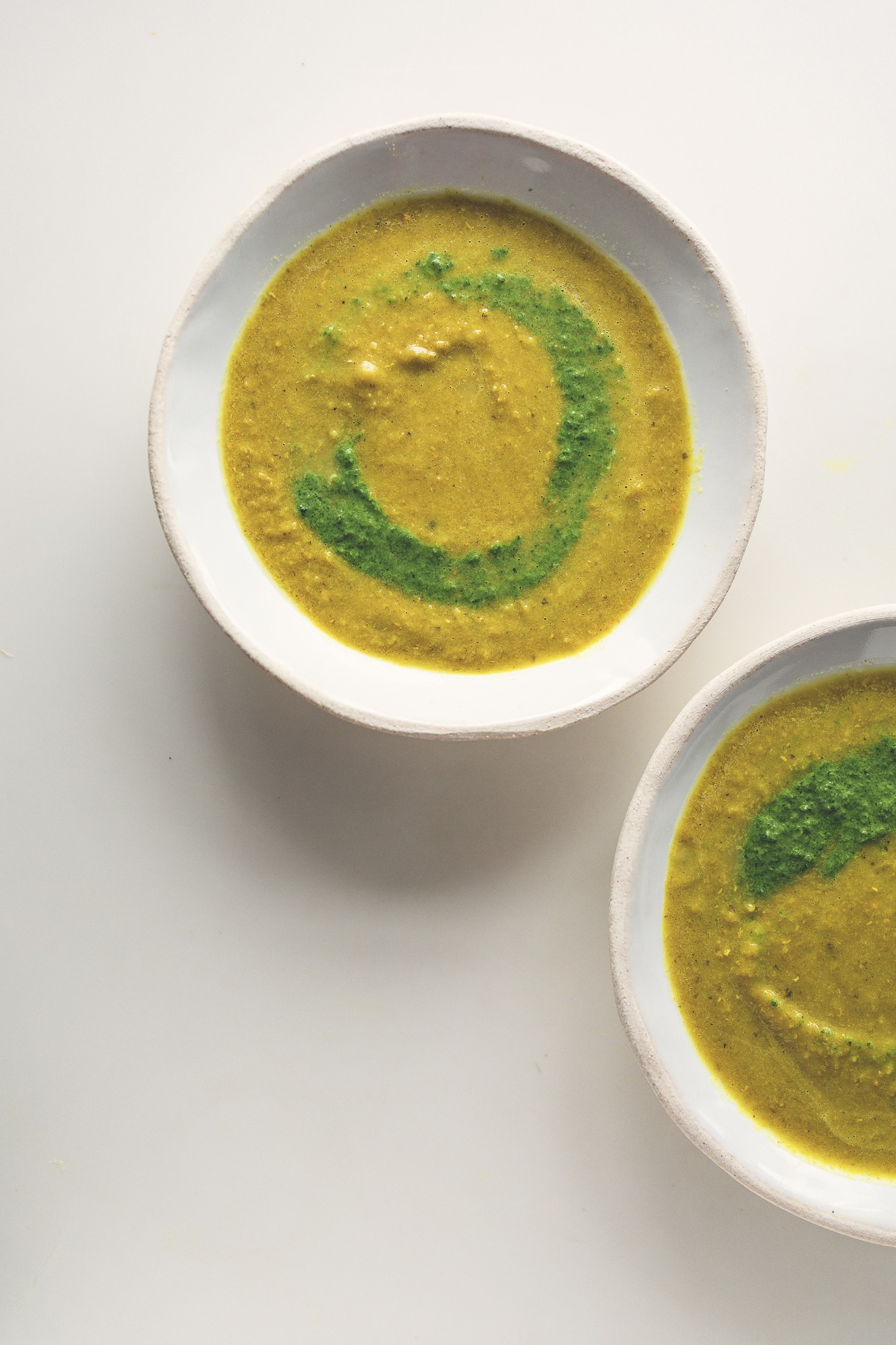
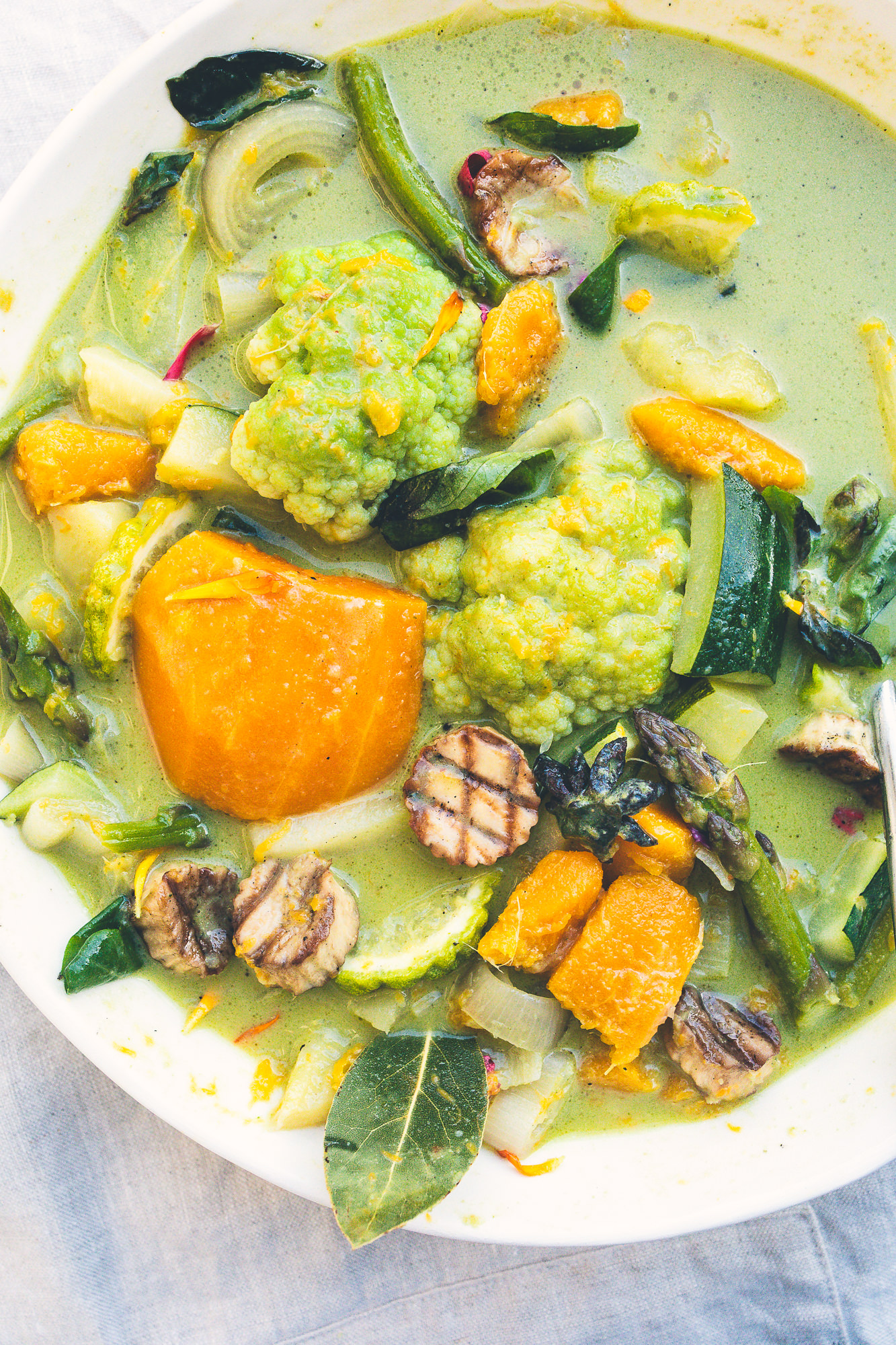
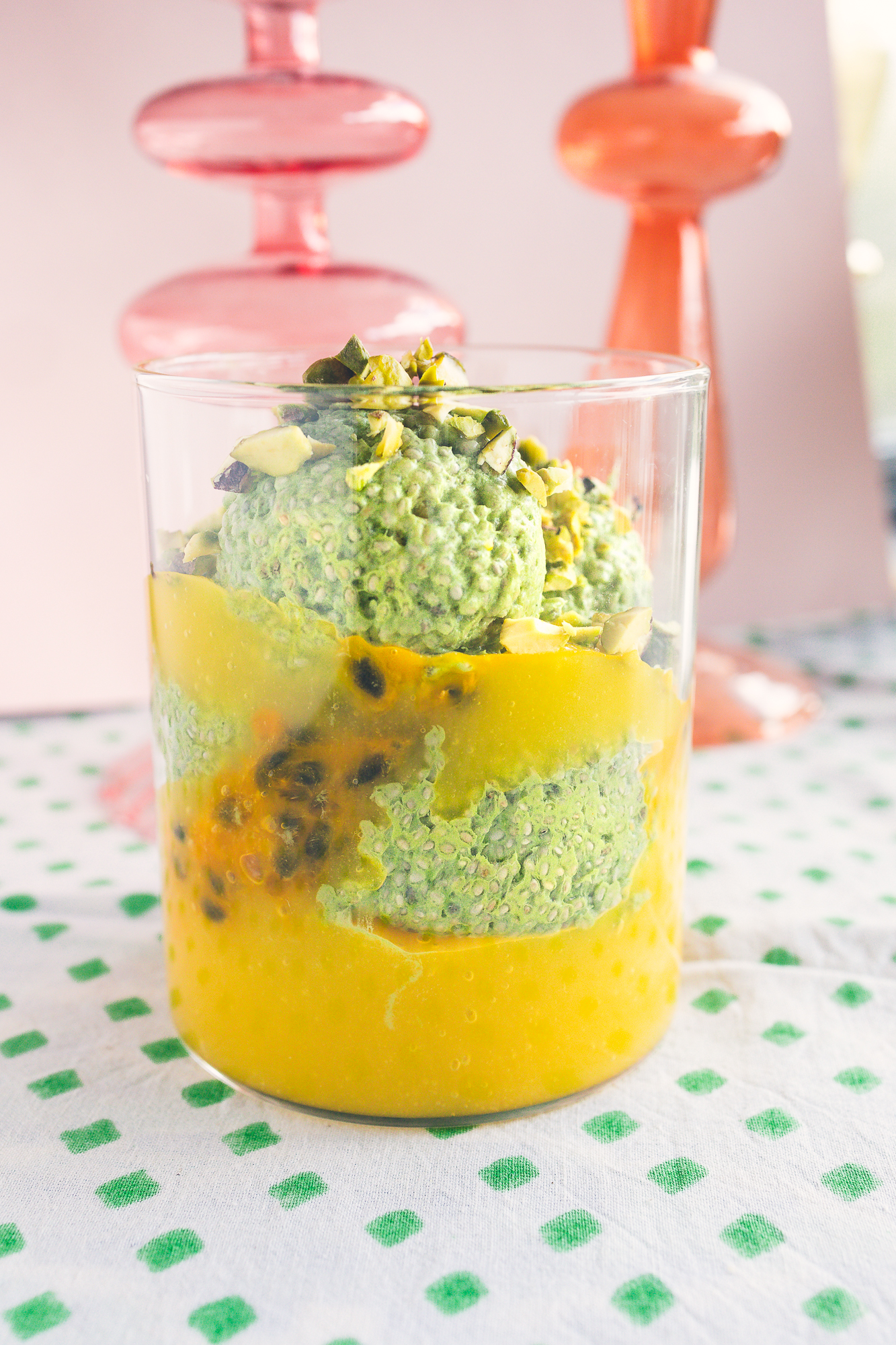






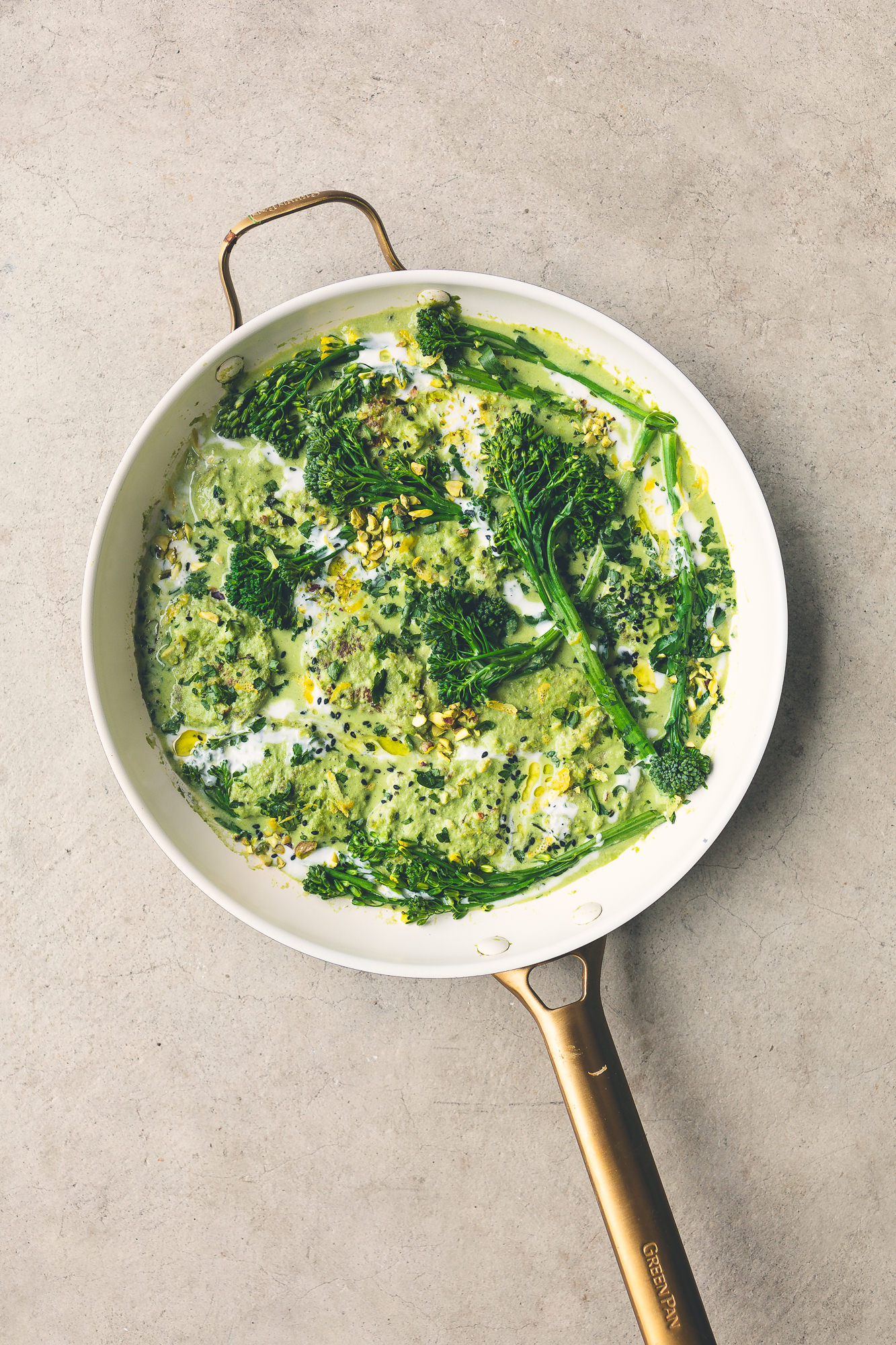
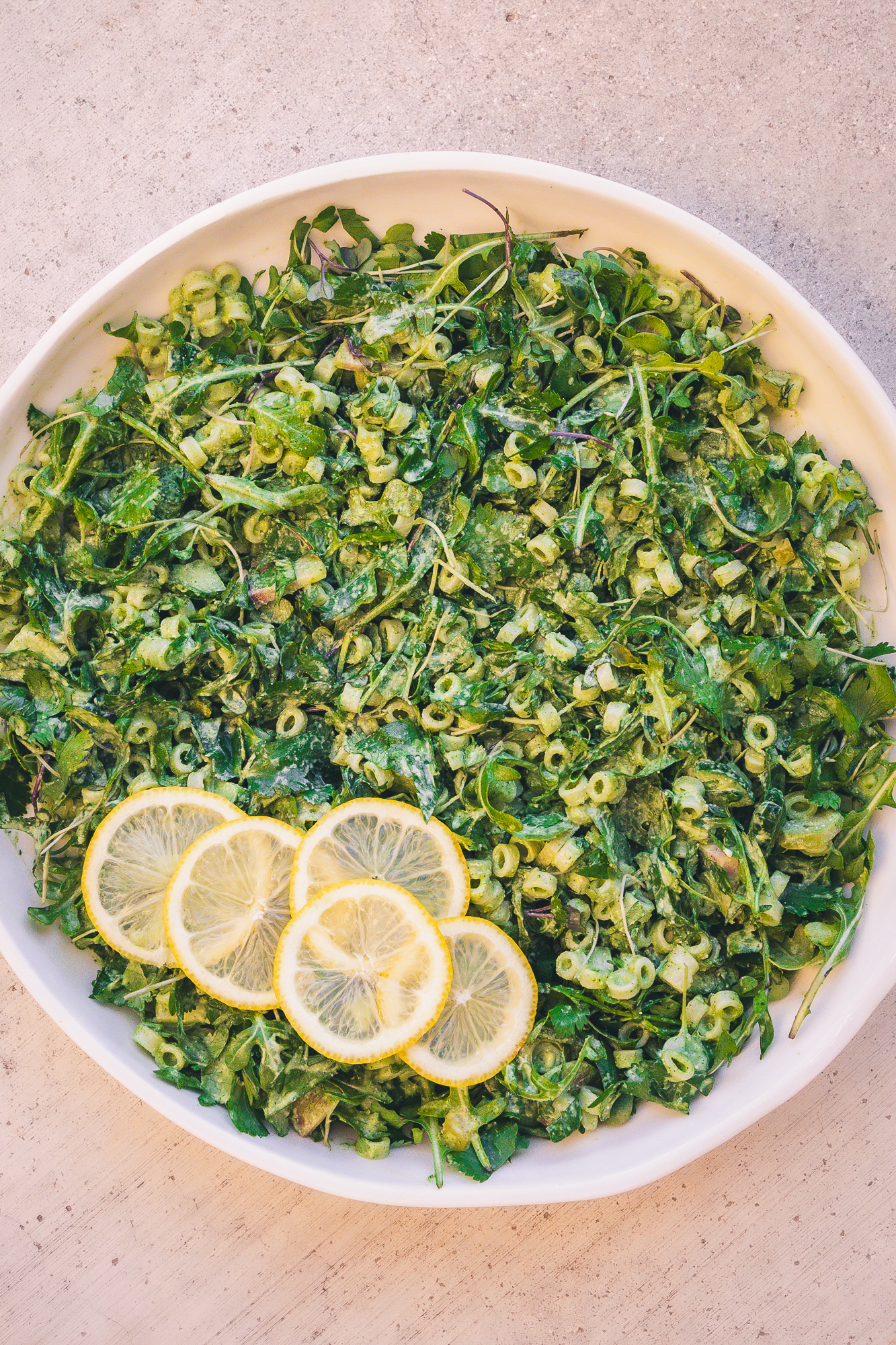
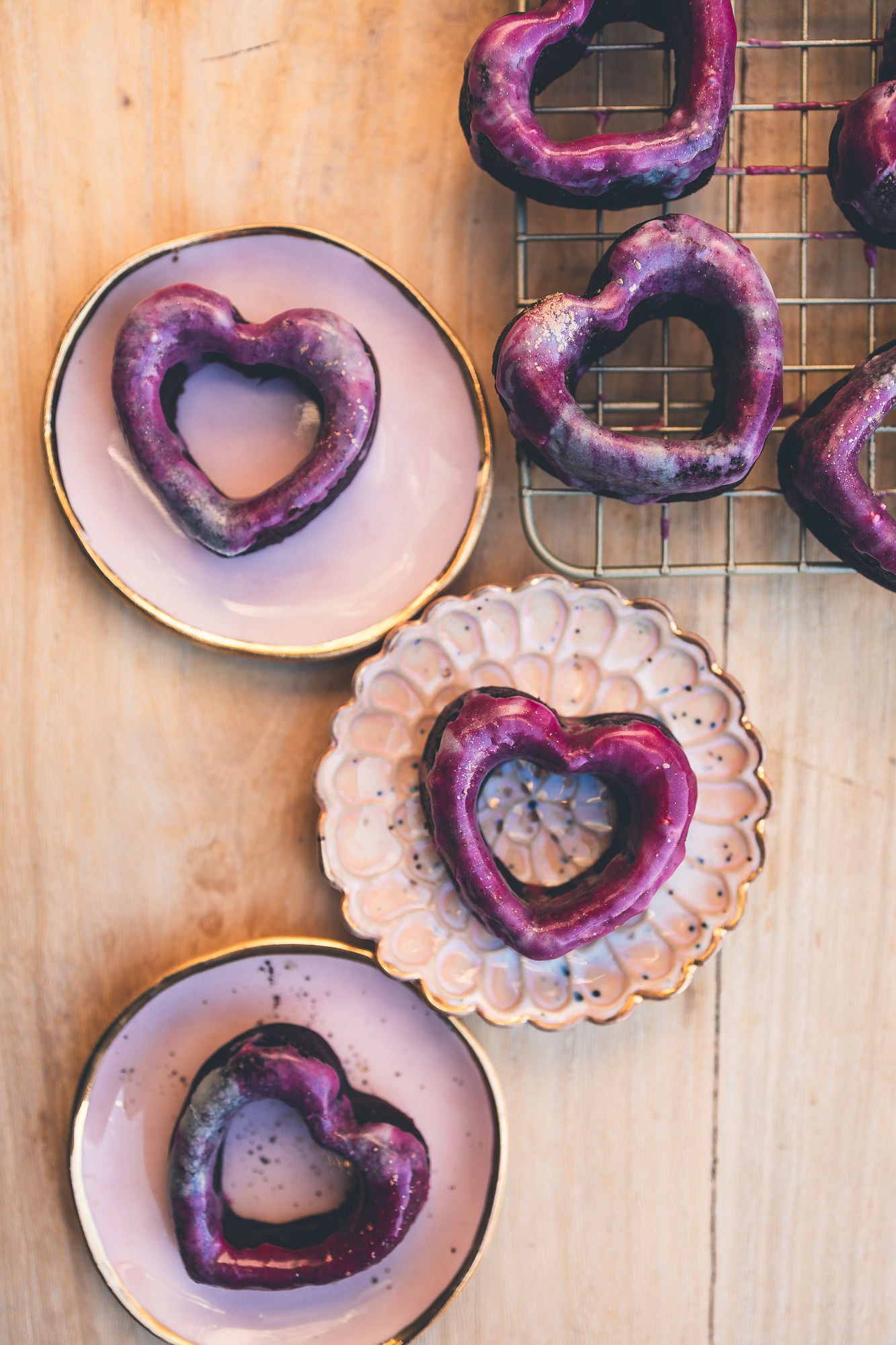


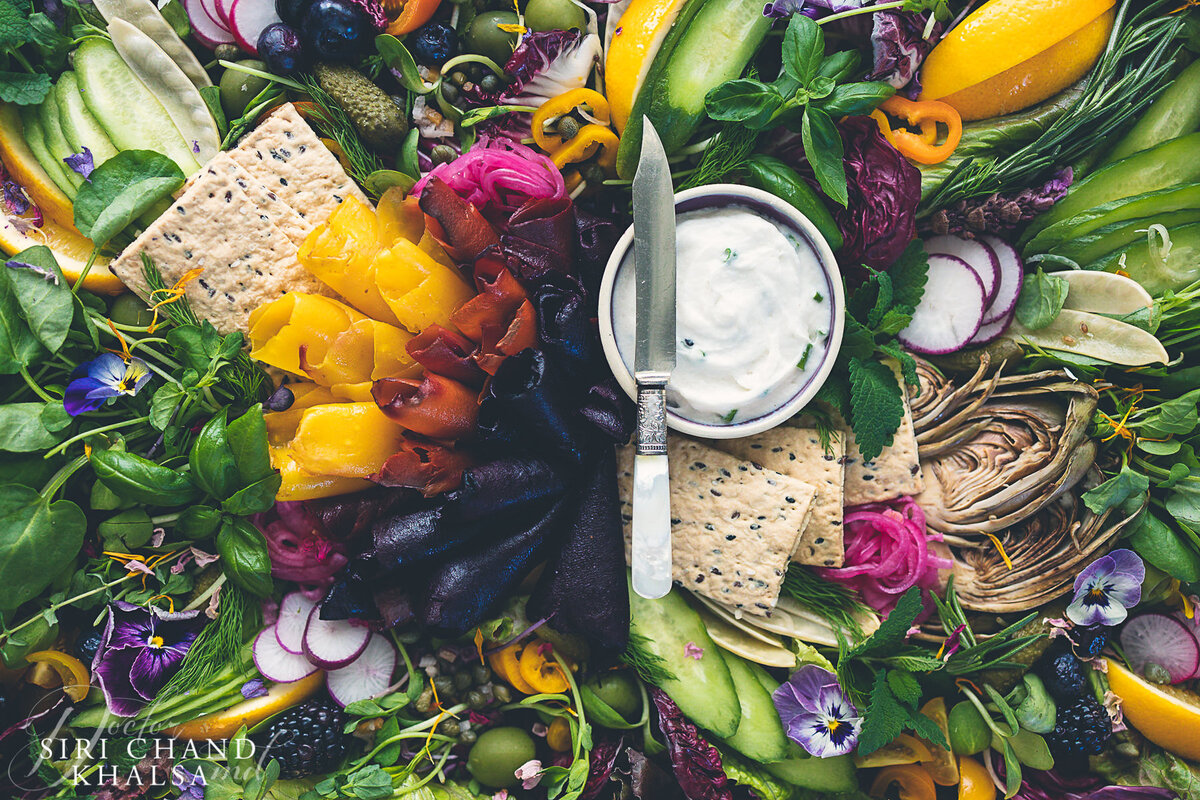



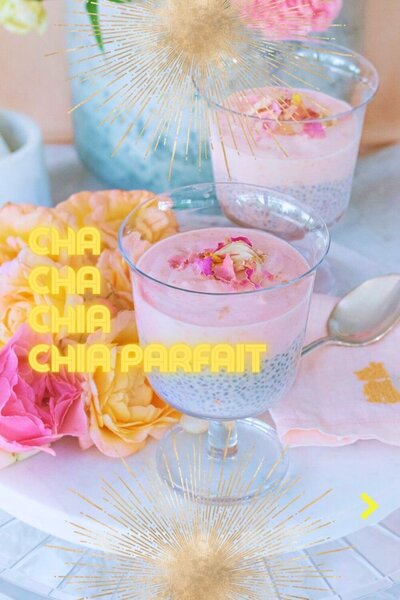



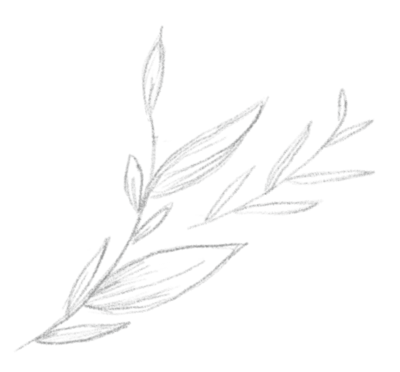
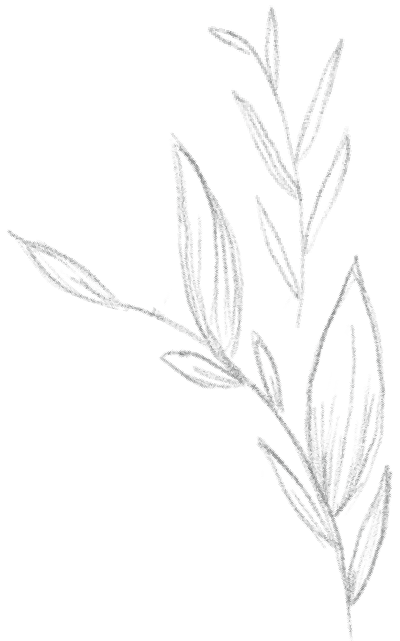

Be the first to comment